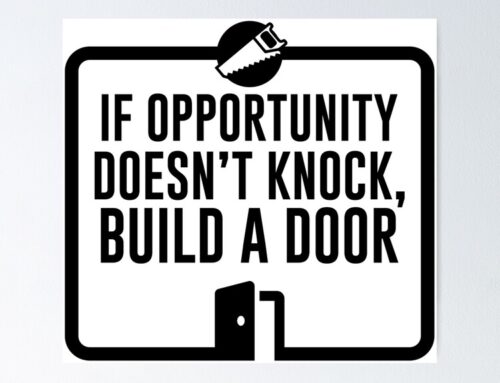Why Most Businesses Lose Customers (and How to Keep Yours)
The average small business loses half its customers within three years. Here are four things you can do to beat those odds.
The average small business loses half its customers within three years. That grim statistic comes from serial entrepreneur, speaker, and consultant Barry Moltz, who shared it in a webinar “Setting Your Small Business Up for Success in 2014.”
You can beat those odds, he says, by avoiding these common mistakes entrepreneurs tend to make:
1. Being inconsistent.
“Why is McDonald’s one of the most successful franchises on the planet? Because it has a process,” Moltz says. “A Big Mac in Boston tastes exactly the same as a Big Mac in Boise, Idaho.”
Small business owners are bad at creating this kind of consistency because most have learned–often by necessity–to fly by the seat of their pants. That’s an especially bad idea when it comes to sales, he says. Owners tend to do sales and marketing when business is slow, and then stop as soon as business picks up, thus cutting off the pipeline that created the business in the first place and setting things up for another slow cycle. Instead, you should always be working on sales and marketing, even when business is good.
2. Staying silent.
A small business will lose 10 percent of its influence with a customer for every month that customer doesn’t hear from the business, Moltz says. In this crowded marketplace, you’re easily forgotten, and that’s a problem.
“Most customers keep a ‘maybe’ pile of about three things that they’ll use when they’re ready to buy,” Moltz says. “If you’re not in that ‘maybe’ pile, they won’t contact you.”
3. Failing to build a relationship.
Thus, it’s a good idea to contact your key customers and prospects at least once a month. But not with a heavy-duty sales pitch, Moltz says. Instead, “Give them something of value, preferably by email.”
What can you give them? In most cases, useful information is a good bet. “Articles, either ones you’ve written yourself, or ones you’ve found,” Moltz says. “If you’re an auto repair place, how about, ‘Will this dent rust?’ If you’re a gardening store, send out something on the best time to plant tulips.”
Think of this as helping the customer, not selling, he adds, and find a systematic way to keep the connection going. “That way you can build a trust relationship and be there when people are ready to buy.”
4. Not listening to what they’re saying about you.
“With the Internet, every customer can talk to every other customer,” Moltz says. And they do. The average person has 184 conversations a week about the products he or she buys, he says. And, he adds, “The Trust-O-Meter has shifted.” Where once customers trusted advertising and celebrities who endorse products, now they only trust each other.
“Ninety-two percent of customers trust recommendations from people they know,” Moltz says. “And 70 percent trust recommendations from people they don’t know, such as reviews on Amazon.” That means you need to know what people are saying about you on sites like Yelp and take action or respond when appropriate.
“Whether you think they are or not, people are talking about you online,” Moltz adds. “They’re probably doing it right now.”
Article By Minda Zetlin Co-author, The Geek Gap

206-391-5682
i2i@i2idirectmarketing.com
www.i2idirectmarketing.com
“…all deliveries GPS tracked…”




